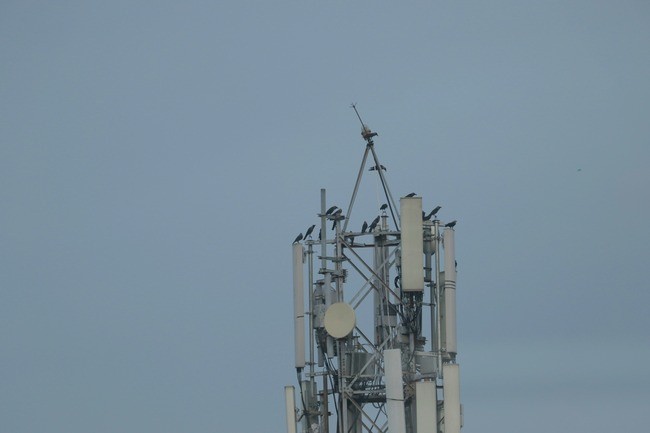
In a groundbreaking study, the University of California San Diego researchers discovered that 5G implementation in the future smaller towers can extend the smartphone battery life in an urban area by up to 50%. These new technologies are not only projected to increase our batteries' capacity, but they also will offer a cheaper alternative to be more carbon-friendly in the usage of mobile devices.
Rethinking Urban 5G Coverage
The study "Densify & Conquer," advocates shifting from traditional large-power base stations to small-cell networks. It emphasizes the benefits of deploying multiple smaller towers instead of relying on a single large tower to provide coverage for an entire region. By dispersing smaller towers throughout urban landscapes, the researchers propose a network infrastructure offering excellent coverage and efficiency while consuming less energy.
According to the findings, the proximity of these smaller towers to mobile devices results in stronger signals, thereby reducing the power required for signal transmission. This reduction in power consumption translates into significant improvements in smartphone battery life. Users can anticipate a considerable boost in battery longevity with a denser network of small-cell towers, allowing them to enjoy prolonged usage without frequent recharging.
Advancements in 5G Technology Enable Sustainable Solutions
A researcher on the paper, Agrim Gupta, emphasizes how the introduction of 5G networks and other technical developments have made this strategy possible. Unlike previous generations, 5G networks facilitate seamless transitions between towers, making it possible to implement a dense network of small towers effectively.
The study's simulations, conducted using 3D models of real cities, underscore the scalability and practicality of the proposed solution. While the implementation would require approximately five times more towers than current setups, each tower would only need to be 15 meters tall, significantly shorter than traditional 5G towers. This cost-effective and sustainable approach allows network providers to enhance coverage while minimizing environmental impact.
Furthermore, transitioning to a small-cell network aligns with broader efforts to optimize urban infrastructure and promote sustainability. By reducing the energy consumption associated with signal transmission, cities can mitigate their carbon footprint and contribute to environmental conservation efforts.
Implications for Sustainable Urban Development
The research shows the whole range of perspectives, from designing a better life cycle for batteries to the sustainable development of urban land. To support the new technological solutions, the city may use the latest infrastructure systems, such as small-cell network mechanisms, to overcome ecological problems and network demand.
Firstly, the introduction of smaller antenna-5G junctions led to the collaboration of academia, the private sector, and policy makers to create resilient communications networks. The possibilities for stakeholders to construct interdisciplinary relationships are endless. Such alliances can, therefore, lead to holistic solutions that are energy efficient, environmentally friendly, and equality among the target users.
Generally, the research that the University of California San Diego carried out has revealed the promising outcomes that could be achieved through higher 5G towers. This advanced approach not only increases the battery life time for every smartphone user but also can be the beginning of the rise of a sustainable and vigorous citywide communication system. With the ongoing technological advances,initiatives that promote the use of renewable sources and environmental consciousness must be prioritized for a green and resilient tomorrow.
Related Article: Telcos Discussing '5.5G' As 5G Networks Continue To Roll Out
© Copyright 2025 Mobile & Apps, All rights reserved. Do not reproduce without permission.















